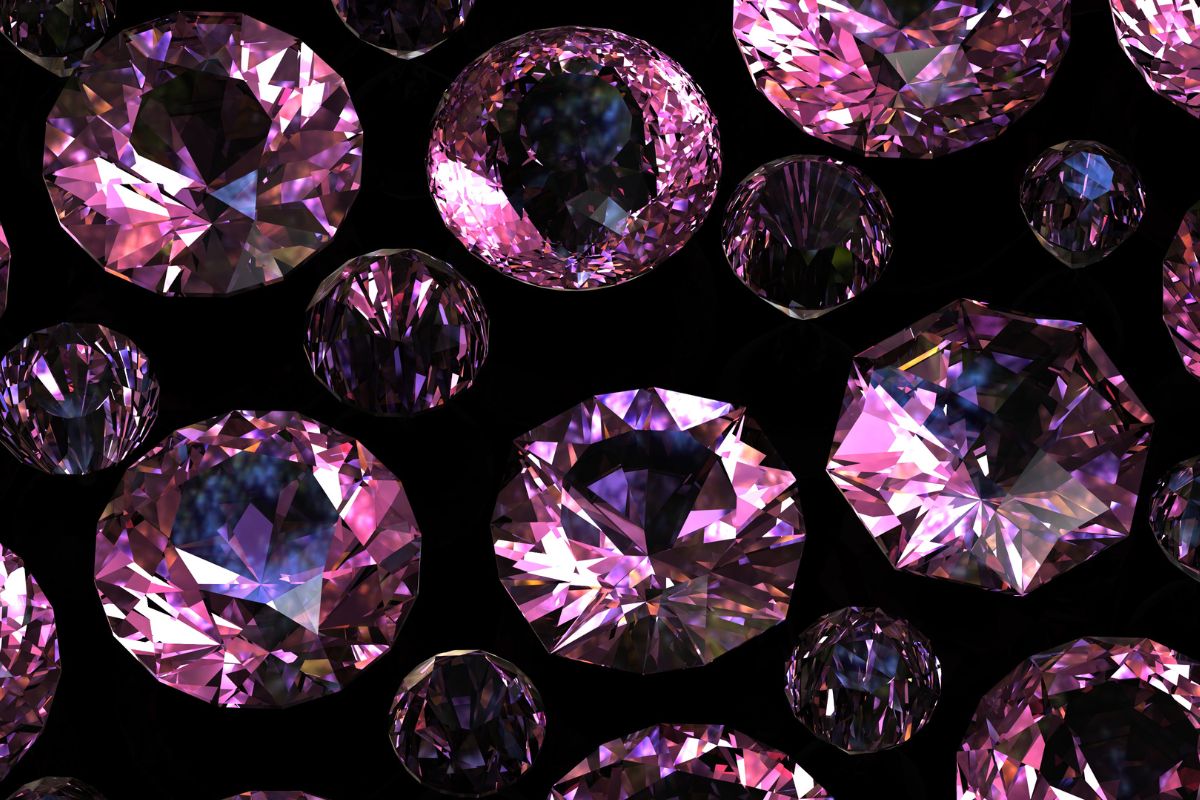
In the world of jewelry, the allure of diamonds has long symbolized luxury, romance, and timeless elegance. However, in recent years, diamond substitutes have surged in popularity, offering consumers stunning alternatives that are both affordable and ethically appealing. As technology and craftsmanship advance, the market for diamond substitutes continues to shine brighter than ever.
Table of Contents
ToggleWhy Choose Diamond Substitutes?
The demand for diamond substitutes is fueled by a blend of practicality and ethical concerns. Many consumers are drawn to these alternatives because they provide the same sparkle and brilliance as traditional diamonds but at a fraction of the cost. Additionally, diamond substitutes allow buyers to sidestep the ethical dilemmas often associated with diamond mining, such as environmental degradation and labor exploitation.
The rise of diamond substitutes offers an accessible way for individuals to enjoy beautiful, high-quality jewelry without compromising their values or budget.
Popular Types of Diamond Substitutes
Among the many options available, certain diamond substitutes have emerged as clear favorites due to their remarkable resemblance to natural diamonds.
Cubic zirconia (CZ) is one of the most widely recognized diamond substitutes, prized for its clarity and affordability. Another popular option is moissanite, which boasts exceptional brilliance and durability, often surpassing that of natural lab grown diamonds, though technically real diamonds, are also considered a substitute due to their ethical production process and lower price point.
These diamond substitutes provide a range of choices for every style and preference, making them ideal for engagement rings, necklaces, and other cherished pieces.
Cost-Effectiveness of Diamond Substitutes
One of the most compelling reasons to opt for diamond substitutes is their affordability. While a natural diamond can cost thousands, substitutes like cubic zirconia and moissanite are available at a fraction of the price. This cost-effectiveness allows consumers to invest in larger or more intricate pieces without exceeding their budget.
Diamond substitutes make high-end jewelry accessible to a broader audience, transforming how people approach luxury purchases.
Ethical and Environmental Benefits of Diamond Substitutes
In addition to their cost advantages, diamond substitutes align with growing consumer awareness of ethical and environmental issues. The traditional diamond mining industry has long faced criticism for its impact on ecosystems and the use of exploitative labor practices. By choosing diamond substitutes, buyers can enjoy the beauty of a diamond-like gem without contributing to these challenges.
Lab-grown diamonds, for example, are created in controlled environments, ensuring minimal environmental impact. Similarly, materials like moissanite are produced without the need for mining, making them an eco-friendly choice.
Durability and Longevity of Diamond Substitutes
One common misconception is that diamond substitutes lack the durability of natural diamonds. However, modern substitutes are designed to last and retain their brilliance over time. Moissanite, for instance, ranks high on the Mohs scale of hardness, making it a durable option for everyday wear. Cubic zirconia, though slightly softer, still provides excellent longevity when cared for properly.
These advancements ensure that diamond substitutes can withstand the test of time, providing a practical and beautiful solution for jewelry enthusiasts.
Customization and Versatility with Diamond Substitutes
Diamond substitutes offer unparalleled versatility, allowing for a wide range of customization options. Whether you prefer a classic solitaire ring, a contemporary halo setting, or intricate vintage designs, substitutes like cubic zirconia and lab-grown diamonds can be tailored to meet your exact specifications.
The adaptability of diamond substitutes makes them an ideal choice for crafting unique and meaningful pieces, perfect for expressing individual style and creativity.
The Future of Diamond Substitutes
As technology continues to evolve, the quality and availability of diamond substitutes are set to improve even further. Innovations in lab-grown diamond production and advancements in synthetic materials promise to redefine the market. These developments are likely to make diamond substitutes even more appealing, solidifying their position as a mainstream option in the jewelry industry.
The future of diamond substitutes is undoubtedly bright, with increasing consumer demand driving innovation and accessibility.
Final Thoughts on Diamond Substitutes
Diamond substitutes represent a perfect blend of beauty, affordability, and ethical responsibility. Whether you’re drawn to the brilliance of moissanite, the affordability of cubic zirconia, or the sustainability of lab-grown diamonds, these alternatives offer something for everyone.
By choosing diamond substitutes, you can enjoy exquisite jewelry that aligns with your budget and values, ensuring you sparkle with confidence and conscience.







